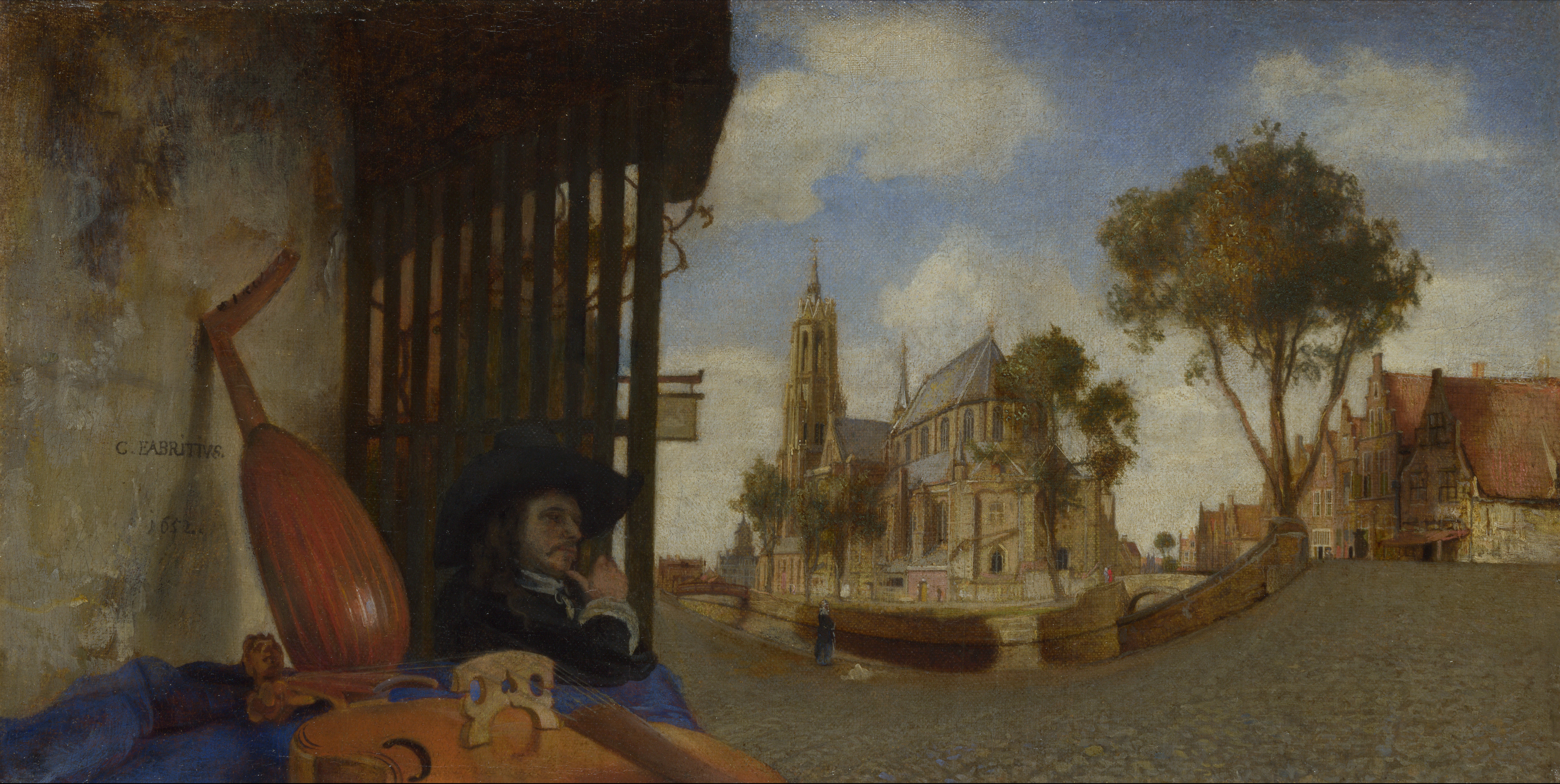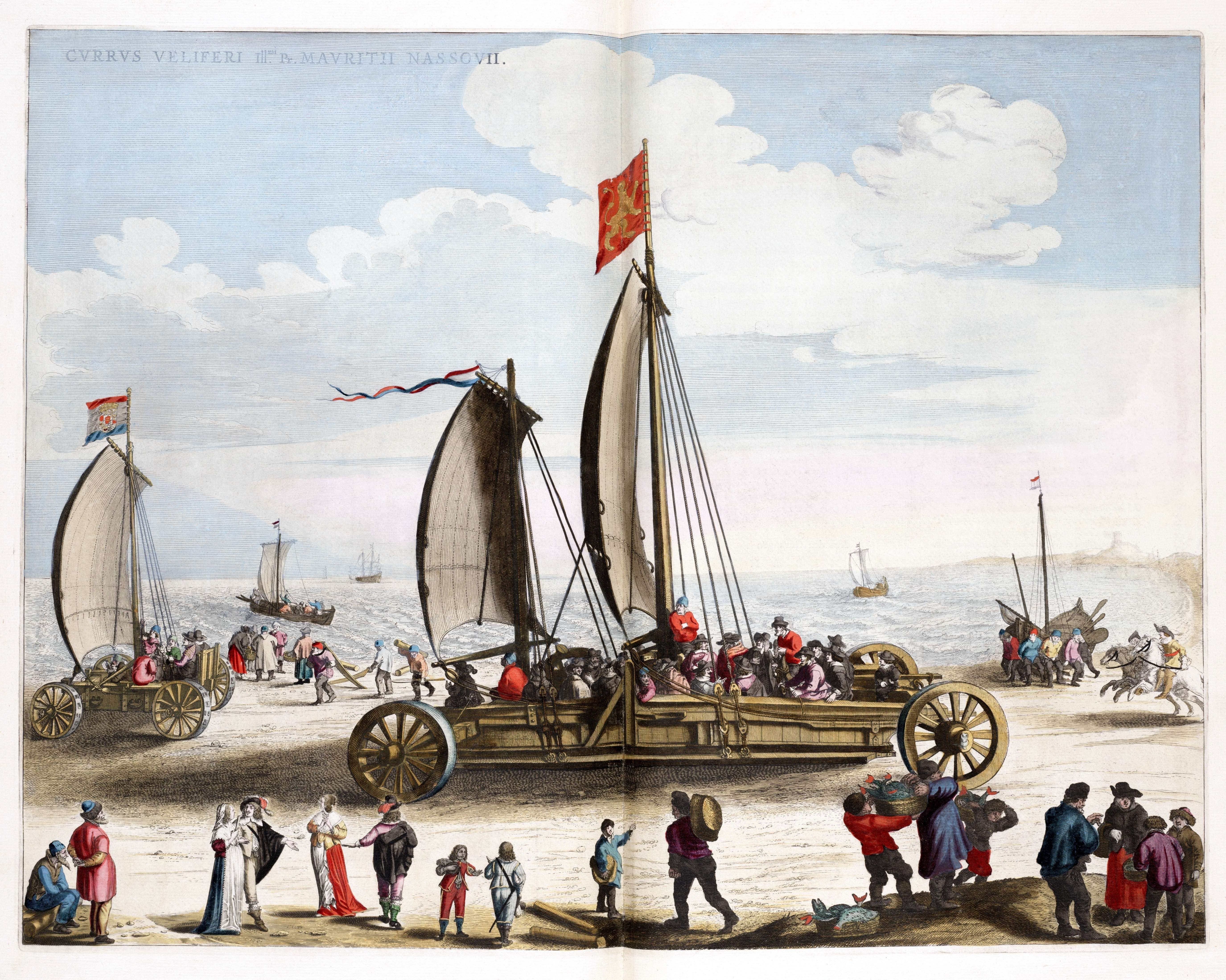|
Nieuwe Kerk, Delft
The Nieuwe Kerk (; en, New Church) is a Protestant church in the city of Delft in the Netherlands. The building is located on Delft Market Square (Markt), opposite to the City Hall (Dutch: ''Stadhuis''). In 1584, William the Silent was entombed here in a mausoleum designed by Hendrick and Pieter de Keyser. Since then members of the House of Orange-Nassau have been entombed in the royal crypt. The latest are Queen Juliana and her husband Prince Bernhard in 2004. The private royal family crypt is not open to the public. The church tower, with the most recent recreation of the spire which was designed by Pierre Cuypers and completed in 1872, is the second highest in the Netherlands, after the Domtoren in Utrecht. History The New Church, formerly the church of St. Ursula (14th century), is the burial place of the princes of Orange. The church is remarkable for its fine tower and chime of bells, and contains the splendid allegorical monument of William the Silent, crafted by Hend ... [...More Info...] [...Related Items...] OR: [Wikipedia] [Google] [Baidu] |
Delft
Delft () is a List of cities in the Netherlands by province, city and Municipalities of the Netherlands, municipality in the Provinces of the Netherlands, province of South Holland, Netherlands. It is located between Rotterdam, to the southeast, and The Hague, to the northwest. Together with them, it is part of both the Rotterdam–The Hague metropolitan area and the Randstad. Delft is a popular tourist destination in the Netherlands, famous for its historical connections with the reigning House of Orange-Nassau, for its Delftware, blue pottery, for being home to the painter Johannes Vermeer, Jan Vermeer, and for hosting Delft University of Technology (TU Delft). Historically, Delft played a highly influential role in the Dutch Golden Age. In terms of science and technology, thanks to the pioneering contributions of Antonie van Leeuwenhoek and Martinus Beijerinck, Delft can be considered to be the birthplace of microbiology. History Early history The city of Delft came into ... [...More Info...] [...Related Items...] OR: [Wikipedia] [Google] [Baidu] |
A Family Beside The Tomb Of Prince William I In The Nieuwe Kerk, Delft, By Dirck Van Delen
A, or a, is the first letter and the first vowel of the Latin alphabet, used in the modern English alphabet, the alphabets of other western European languages and others worldwide. Its name in English is ''a'' (pronounced ), plural ''aes''. It is similar in shape to the Ancient Greek letter alpha, from which it derives. The uppercase version consists of the two slanting sides of a triangle, crossed in the middle by a horizontal bar. The lowercase version can be written in two forms: the double-storey a and single-storey ɑ. The latter is commonly used in handwriting and fonts based on it, especially fonts intended to be read by children, and is also found in italic type. In English grammar, " a", and its variant " an", are indefinite articles. History The earliest certain ancestor of "A" is aleph (also written 'aleph), the first letter of the Phoenician alphabet, which consisted entirely of consonants (for that reason, it is also called an abjad to distinguish it fro ... [...More Info...] [...Related Items...] OR: [Wikipedia] [Google] [Baidu] |
Louise De Coligny
Louise de Coligny (23 September 1555 – 9 November 1620) was a Princess consort of Orange as the fourth and last spouse of William the Silent. She was the daughter of Gaspard II de Coligny and Charlotte de Laval. Biography Louise was born at Châtillon-sur-Loing. Her parents saw to it that she received a humanist education. When she was sixteen, she married Protestant Charles de Téligny (1571). Both he and her father were murdered at the St. Bartholomew's Day massacre. Like her murdered father, she was a French Huguenot and after the massacre (August 1572 -Paris), she spent ten years in the Swiss Confederacy. Nicolas Mius, Governor of Marseille, worked for Louise de Coligny’s father Admiral Gaspard II de Coligny as an interpreter. On August 25, 1572, Nicolas Mius was a victim of the St. Bartholomew’s Day Massacre. On this day the Admiral told those with him “to save yourselves.” Everyone left Admiral Gaspard II de Coligny except Nicolas Mius, who stayed by the Admir ... [...More Info...] [...Related Items...] OR: [Wikipedia] [Google] [Baidu] |
Royal Grave Tomb And The Grave Of Willem Van Oranje (4260834422) (2)
Royal may refer to: People * Royal (name), a list of people with either the surname or given name * A member of a royal family Places United States * Royal, Arkansas, an unincorporated community * Royal, Illinois, a village * Royal, Iowa, a city * Royal, Missouri, an unincorporated community * Royal, Nebraska, a village * Royal, Franklin County, North Carolina, an unincorporated area * Royal, Utah, a ghost town * Royal, West Virginia, an unincorporated community * Royal Gorge, on the Arkansas River in Colorado * Royal Township (other) Elsewhere * Mount Royal, a hill in Montreal, Canada * Royal Canal, Dublin, Ireland * Royal National Park, New South Wales, Australia Arts, entertainment, and media * ''Royal'' (Jesse Royal album), a 2021 reggae album * ''The Royal'', a British medical drama television series * ''The Royal Magazine'', a monthly British literary magazine published between 1898 and 1939 * ''Royal'' (Indian magazine), a men's lifestyle bimonthly * Royal Te ... [...More Info...] [...Related Items...] OR: [Wikipedia] [Google] [Baidu] |
Delft Tower Experiment
In 1586, scientists Simon Stevin and Jan Cornets de Groot conducted an early scientific experiment on the effects of gravity. The experiment, which established that objects of identical size and different mass fall at the same speed, was conducted by dropping lead balls from the Nieuwe Kerk in the Dutch city of Delft. The experiment is considered a foundational moment in the history of statics, which Stevin's work helped to codify. History In the late 16th century, increasing interest in physics resulted in a number of European scientists conducting experiments into the intricacies of the scientific field. Many of these experiments were—directly or indirectly—presenting a challenge to the laws of physics formulated by Aristotle, whose theory was then the dominant school of thought in Europe. While most contemporaneous scientific experimentation was undertaken by Italian scholars, by the 1580s new ideas on physics had proliferated to the rest of Europe.Asimov, Isaac (1964). ... [...More Info...] [...Related Items...] OR: [Wikipedia] [Google] [Baidu] |
Simon Stevin
Simon Stevin (; 1548–1620), sometimes called Stevinus, was a Flemish mathematician, scientist and music theorist. He made various contributions in many areas of science and engineering, both theoretical and practical. He also translated various mathematical terms into Dutch, making it one of the few European languages in which the word for mathematics, '' wiskunde'' ('' wis'' and '' kunde'', i.e., "the knowledge of what is certain"), was not a loanword from Greek but a calque via Latin. He also replaced the word '' chemie'', the Dutch for chemistry, by '' scheikunde'' ("the art of separating"), made in analogy with ''wikt:en:wiskunde#Dutch, wiskunde''. Biography Very little is known with certainty about Simon Stevin's life, and what we know is mostly inferred from other recorded facts.E. J. Dijksterhuis (1970) ''Simon Stevin: Science in the Netherlands around 1600'', The Hague: Martinus Nijhoff Publishers, Dutch original 1943, 's-Gravenhage The exact birth date and the date ... [...More Info...] [...Related Items...] OR: [Wikipedia] [Google] [Baidu] |
A View Of Delft
''A View of Delft, with a Musical Instrument Seller's Stall'' is a 1652 painting by Carel Fabritius. It is an oil painting on canvas of 20.9 by 35.7 cm (8.2 by 14.1 in) of a cityscape of Delft. The work has been in the collection of the National Gallery in London since 1922. The unusual perspective distortion, especially visible to the right of the church, suggests that it may have been intended to have been displayed on a curved surface at the back of a perspective box (and viewed through a peephole,) hence making an illusion of anamorphosis. Fabritius is mentioned in contemporary documents in connection with perspective boxes.Key facts , . Retrieved on 21 ... [...More Info...] [...Related Items...] OR: [Wikipedia] [Google] [Baidu] |
Carel Fabritius
Carel Pietersz. Fabritius (; bapt. 27 February 1622 – 12 October 1654) was a Dutch painter. He was a pupil of Rembrandt and worked in his studio in Amsterdam. Fabritius, who was a member of the Delft School, developed his own artistic style and experimented with perspective and lighting. Among his works are ''A View of Delft'' (1652; National Gallery, London), '' The Goldfinch'' (1654), and '' The Sentry'' (1654). Biography Carel Pietersz. Fabritius was born in February 1622 in Middenbeemster, a village in the ten-year-old Beemster polder in the Dutch Republic, and was baptized on 27 February of that year.Carel Fabritius . Retrieved ... [...More Info...] [...Related Items...] OR: [Wikipedia] [Google] [Baidu] |



